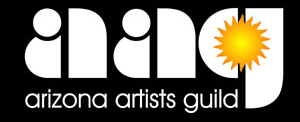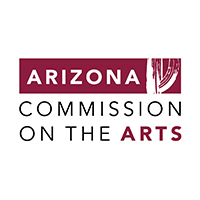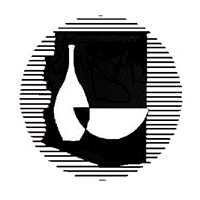7th Session
Figure Study
Draw the model using watercolor. Start with a lightly drawn pencil sketch of the gesture and contour, then add value with watercolor.
Portraits
Learn how to draw the head using basic shapes, looking for how the facial features relate to each other on the skull.
8th Session
Figure Study
Draw from the model.
Reductive Drawing
Coat a sheet of paper with charcoal. Use an eraser to remove charcoal to represent the lighter values in the subject. Add darker values with charcoal. 1 hour
Assignment: Spend one hour each day drawing objects using gesture and contour lines.
9th Session
Figure Study
Texture
Learn how to create the illusion of Texture in a drawing. Practice drawing objects that have shiny surfaces such as glass and metal.
Collage
10th Session
Landscape
Draw from photographs.
11th Session
Fun with Watercolors
Further improvement
For best results, set aside time each day to practice drawing. One hour per day will show dramatic improvement over time. Don’t worry about mistakes, as mistakes are opportunities to discover new possibilities and to learn about how our body movements affect our drawing and how to control them.
This plan may be modified to accommodate the group or situation. This plan is designed to help you understand how to draw, but actual learning to draw takes lots of time and practice. Don’t expect to be able to draw like anyone else in particular until years of professional practice have passed. Your way of drawing is personal and unique. As you progress you will find ways to make your drawings look the way you want. Patience is key.
Email or call me if you have questions.
David L. Bradley, 602 828 4713, davlbradly@gmail.com, www.davidbradleyart.com









